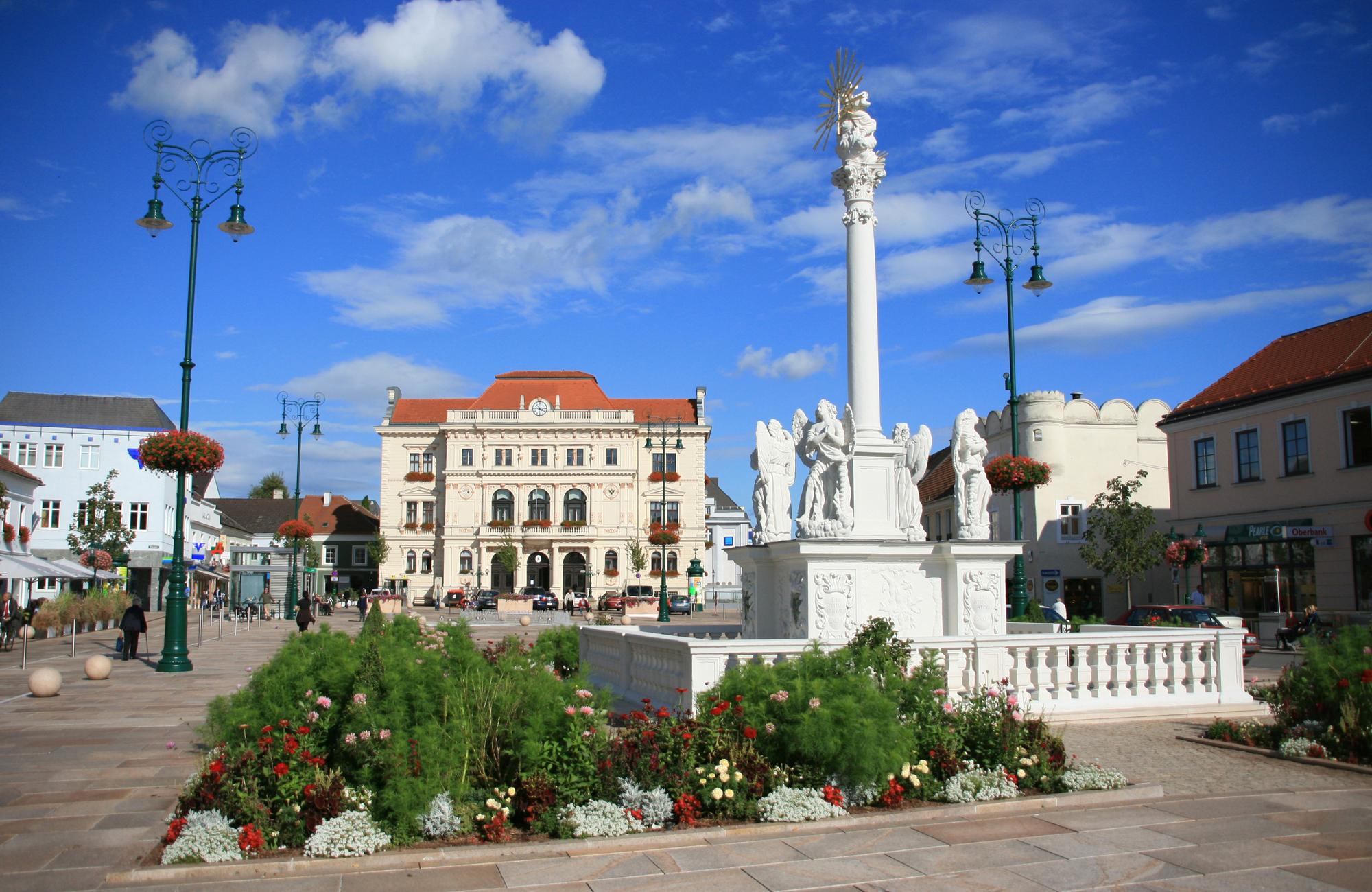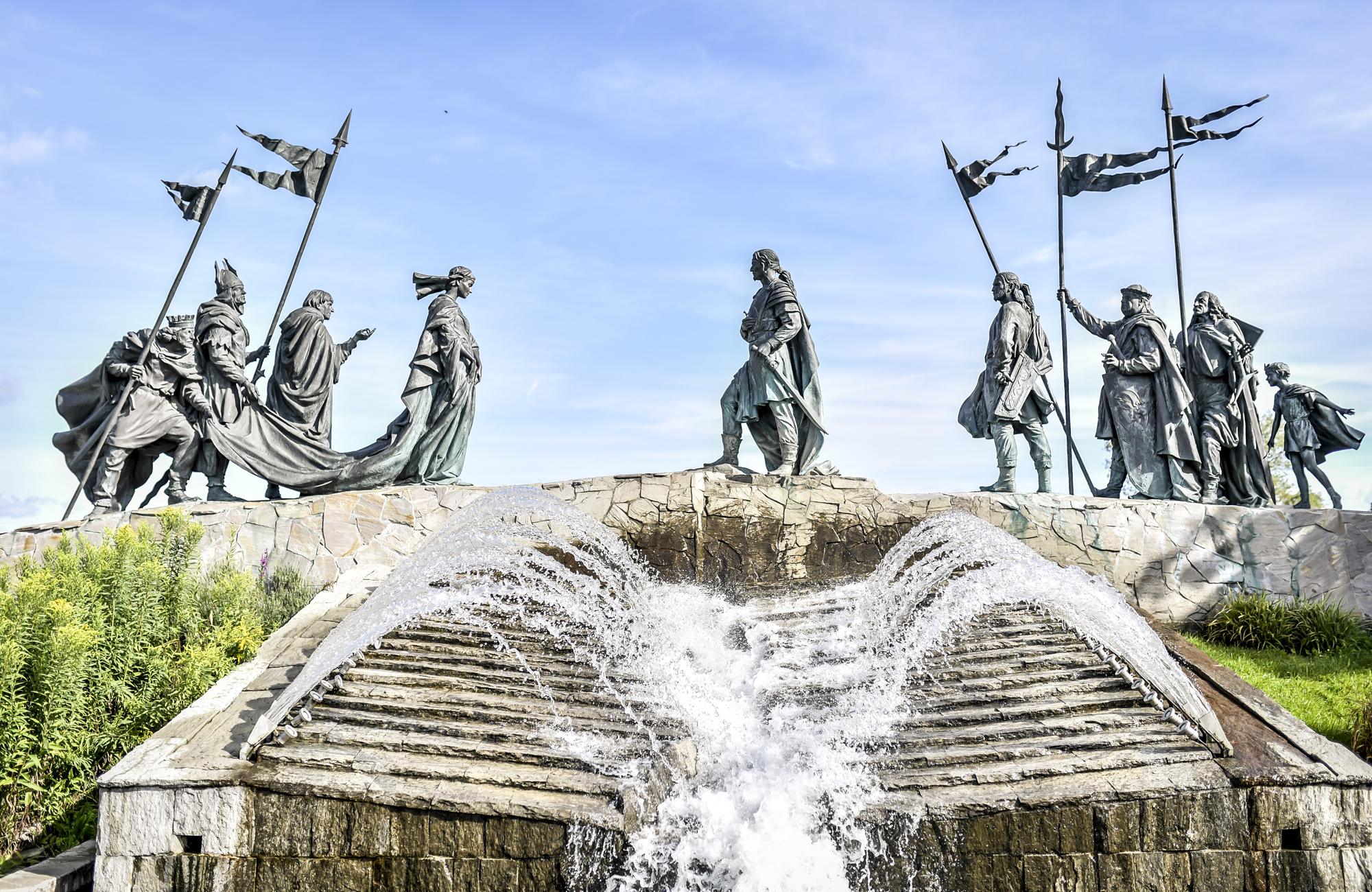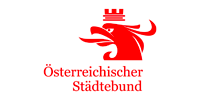With friendly support of



SNOW PLOUGH EURO 2022
(postponed from 2020)
The 1st European Snow Plough Championship has been organised by the Austrian PIARC Committee for Winter Service (Österreichisches Komitee für Straßenerhaltung und Winterdienst) and took place from 11th until 13th October 2022 at the “NÖ Feuerwehr- und Sicherheitszentrum” in Tulln, Lower Austria.
PROGRAMME
TUESDAY, 11 OCTOBER
07:30 – 18:00
Training courses / Practice
Chance to drive the competition truck on competition course
WEDNESDAY, 12 OCTOBER
08:00 – 12:00 and 13:00 – 16:00
Qualification runs
Starting order – Draw of Sep 9
Starting order (download pdf)– Draw of Sep 9
Result Qualifying (download pdf)
18:00
Evening reception
THURSDAY, 13 OCTOBER
8:15
Final 1st run (starting order – download pdf)
best 12 drivers of qualification runs
11:15
Final 2nd run
best of 1st run will start last
15:00
Awarding Ceremony
Result Final (download pdf)
16:00
Departure
Shuttle to rail station “Tullnerfeld”
REGULATIONS
PARTICIPATION
The maximum number of participants is limited to four drivers per each European country. One official contact person per country shall do the registration process for the national team until Monday, May 16, 2022, 13:00.
VEHICLE
Mercedes Unimog of the series U423 (Type UGE 405.105)
SNOW PLOUGH
Springer SHL 3204, width 3,2 meters, clearing width of 2.77 meters at an clearance angle of 30°
OBSTACLE COURSE
The course consists of different tasks where the drivers could gather different points; referees will evaluate the performance of each driver. The running time of the driver will be measured electronically.
After training courses and a qualification round the final will consist of two separate runs. The final score will be calculated by adding the points from both final runs.

Here is a video of our Austrian National Championships 2020 where you can see similar obstacles:


VENUE
COMPETITION SITE
The “NÖ Feuerwehr- und Sicherheitszentrum” in Tulln (Lower Austria’s firefighters and safety training center) has been chosen as a venue for this event being situated around 40 kilometers west of Vienna’s city center at Langenlebarner Strasse 106, 3430 Tulln an der Donau.
VENUE - VIRTUAL TOUR
THE CITY
TULLN an der Donau (Tulln on the Danube) is a historic town in the Austrian state of Lower Austria, the administrative seat of Tulln District. Because of its abundance of parks and gardens, Tulln is often referred to as Blumenstadt (“City of Flowers”).
The town is situated in the centre of the Tulln Basin stretching to the Vienna Woods in the south, about 40 kilometres (25 mi) northwest of the Austrian capital Vienna. The main part of its built-up area is located on the southern bank of the Danube river.
Tulln is one of the oldest towns in Austria. Although it was settled in pre-Roman times (the name Tulln is presumably of Celtic origin), it gained importance as the Roman fort of Comagena (Comagenis). In the final years of Roman rule, Saint Severinus of Noricum is said to have visited the city, saving it from the barbarians.
The town was first mentioned as Tullina in an 859 deed, when the area was part of the Bavarian marcha orientalis. It gained importance as a residence of the noble House of Babenberg, ruling as Austrian margraves from 976 onwards. Tulln lost its significance after the Babenbergs relocated their residence to Vienna.
On September 6, 1683, the Polish cavalry of King John III Sobieski united here with Imperial (Austrian) forces, as well as troops from Saxony, Bavaria and Baden for the Battle of Vienna against the invading army of the Ottoman Empire. The 20th century was another period of growth, and in 1986, Tulln applied to become capital of Lower Austria, although Sankt Pölten eventually won.
An important sugar producing plant, Agrana Austria, is located in Tulln. Several important trade fairs, including camping equipment and boat shows, also take place in the town. Various state institutions of Lower Austria, such as the fire brigade or the disaster relief service, have their seat in Tulln. The Federal School of Aviation is also located in Tulln.


ACCOMMODATION
ON-SITE FOR DRIVERS
A limited number of single and double rooms is available on-site at the event venue. Due to the limited number of rooms, a room reservation will be only possible via the official registration website.
There is no other way of booking a room on site. You can have a look at the rooms on-site here.
GUESTS, FANS, FAMILY MEMBERS
Additional single and double rooms are available at the Hotel Römerhof and have been blocked for the event. The Hotel Römerhof is located within 10 minutes walking distance from the event venue. If you choose the Hotel Römerhof for your overnight stay in Tulln, please book directly at the hotel, mentioning the event “Snow Plough 2022”.
In Tulln, there are several additional hotels available for your overnight stay. If you need further information, you can contact the tourist service in Tulln.
TRAVEL
BY CAR
Free parking is available on-site at the venue. Navigation with all common navigation apps is possible by using the following destination address: Langenlebarner Strasse 106, 3430 Tulln an der Donau, Austria.
BY PLANE
If you decide to arrive by airplane, the nearest airport is Vienna International Airport (VIE). From Vienna International Airport it takes about 45 minutes by train to the train station “Tullnerfeld”. We will organise a transfer service which will be operated at set times from the train station “Tullnerfeld” to the event venue in Tulln. Reservation of the transfer service will be possible with your official registration.
BY TRAIN
For international train connections, you have to go via Vienna. From Vienna, you can either take a local train directly to the train station “Tulln Bahnhof” or you can take an express train to the train station “Tullnerfeld” and then make use of our transfer service provided, which could be booked during your official registration to the event.
We recommend using Austrian Travel Planner “VAO” for public transport routing.
REGISTRATION
NATIONAL TEAM OFFICIAL
The official contact person of the national team could do the official event registration via a website. Beside the registration for the event itself, it will be also possible to book accommodation at the venue for team members (drivers and officials).
There is NO registration fee to be paid. Teams have to cover the costs of their travel and stay (hotel, meals). Audience and fans will be granted FREE ADMISSION.
Deadline for registrations: Monday, May 16, 2022. 13:00
Names of drivers can be changed until Friday, September 9, 2022, 13:00
REGISTRATION TOOL FOR DRIVERS IS CLOSED - ONLY DATA CHANGE!
REGISTRATION TOOL IS ONLINE - REGISTER HERE!
Eine Kooperation von














